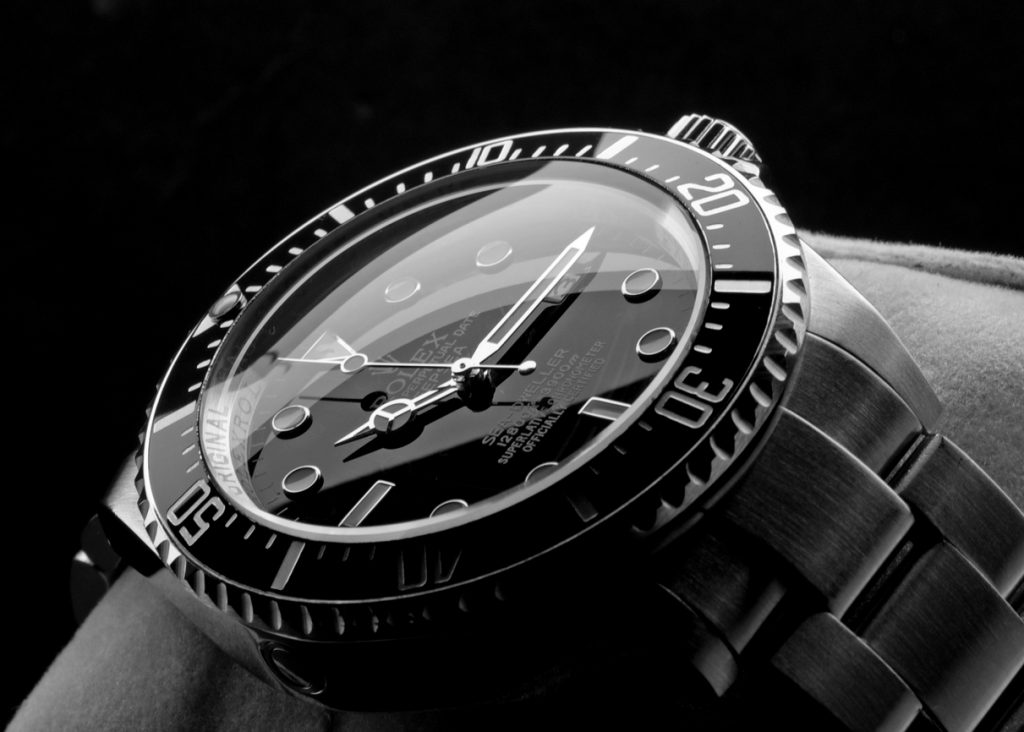In My Fair Lady, Rex Harrison’s character of Henry Higgins notes that “An Englishman’s way of speaking absolutely classifies him.”
Back in the 60’s when that show was burning up Broadway, winning over the West End, and eventually changing out Julie Andrews for Audrey Hepburn on the way to Oscar gold, wristwatches did the same.
Whether you owned an inexpensive one, a luxury watch, that newfangled Mickey Mouse wristwatch or anything in between, the watch you wore helped define you.
But what about now?
Today inexpensive watches are vanishing, luxury options remain in demand, and yet watches remain expensive – but why?
In this article, we will list some reason why watches remain expensive.

1. Watches Are Expensive to Design and Make
It is well established by now that watches are a huge fashion item.
Even in an age where smartphones have taken over from watches in terms of their ability to tell time quickly and flawlessly, they still aren’t quite the fashion forward force as luxury watches are.
However, just as good art takes time to create, the same is true of luxury watches.
There are a lot of reasons for that, not the least of which being that watch designers need to come up with the mechanisms that will actually move the watch parts.
These parts need to be small and compact yet fast and accurate. It can take millions of dollars to develop a new system of movement, and that isn’t even counting the massive amounts of money that can go into designing the band, case, and watch face itself.
From the expensive materials to hiring the best experts in everything from quartz movement to watch engineering to the labour involved in making them, luxury watchmaking is an expensive process.

2. Supply and Demand
While inexpensive watches are still mass produced, the most sought-after watches tend to be far rarer – and that’s by design.
The basic law of supply and demand drives up the prices on these luxury watches even more.
Not only are they expensive enough in their own right for all of the reasons mentioned above, but they are also often intentionally limited by the watchmakers themselves.
Why would they want to do this?
To further drive up the price via limited supply and the expectation of very high demand.
If you are a collector of any sort you know how frustrating it can be when one or two items of the set are in short supply – and how you’ll often overpay to get them and “complete your collection.”
In addition, if you collect porcelain, you know that often only a limited, individually numbered amount of models are made.
The same is true of many luxury watches.
They often intentionally make a small set of individually numbered models to drive up the price of the already-costly watches, making them even more in demand and expensive.

3. Luxury Brands
Watches are more than “just” a way to tell time now.
On the contrary, many watch brands are now recognised names within the fashion industry and want to be treated as such.
In a world where smartphones can tell the time just as well if not better than your watch, the reason for keeping the latter rests evermore on its luxury and reasonableness.
As such, many luxury watch brands trade off their name and reputation as great jewellery pieces for men and women.
This is a big reason why you see watches advertised in adverts on magazines such as GQ and Vogue, which are normally fashioned-focused.
They aren’t just ways to tell time, they’re fashion accessories – and a fashion statement.
They hearken back to that idea that a watch is part of what “classifies” you, and that a luxury watch makes you look like an elite individual.

An Example
Consider a Timex for women (or a male model) versus a Rolex.
One of these costs about $40, the other easily soars past $6,000.
In the cheap versus expensive watch comparison, many of the aforementioned reasons loom large.
Rolex is one of the most famous watch brands in the world, whereas Timex is known for its inexpensiveness and more everyday nature.
They feature different types of mechanical or quartz movement, with the latter being more common in inexpensive watches and the former found more often in expensive ones.
Materials matter too – not just gold and silver, but the watch face itself, with elite brands often using higher-quality glass or crystal.
Whether or not you think they “absolutely classify” you, expensive watches are classified as such for several reasons, none of which are likely to end any time soon.

